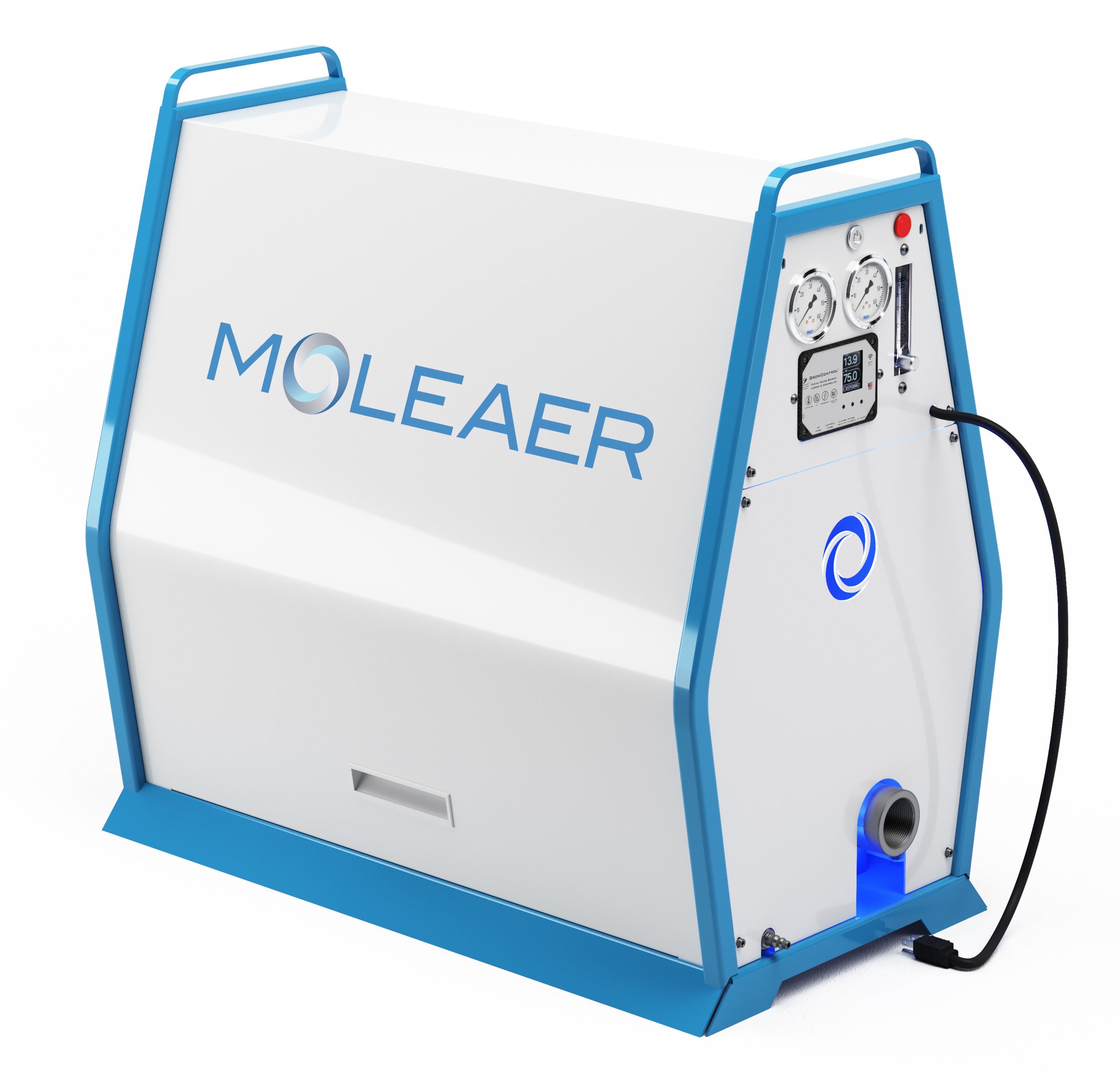Cannabis Business Opportunities’ Sandra Thibodeau discusses the importance of Acquisition in the cannabis industry.

The following is an article produced by a contributing author. Growers Network does not endorse nor evaluate the claims of our contributors, nor do they influence our editorial process. We thank our contributors for their time and effort so we can continue our exclusive Growers Spotlight service.
Emerging industries are new industries in the early stages of development. Since emerging industries can propose new ways to grow and sustain competitiveness, they are attractive for existing companies that have been established in other industries. The choice of entering an emerging industry is an important strategic decision that could have long-lasting effects for the business..
The state of the current cannabis industry has a large economic impact on the success of companies and regions, and it is therefore important to understand how to develop and set up strategically for long term success and compliance.
The keys to success in high risk industries
1. Get accustomed to scarcity
The growing, long term imbalance of supply and demand threatens business performance across the board. Firms unable to insulate themselves against the threat of scarcity will face significant challenges with their financial performance, growth and long term competitive advantage. Securing long term supply cost efficiently and sustainably is imperative.

2. Keep up-to-date on technology
Procurement can significantly influence the success of a company. These days it operates in a dynamic, complex environment and in order to operate efficiently and effectively it has to create appropriate structures and make use of suitable instruments. Information technology plays an important role in the success of a company.
3. Develop new managerial and leadership competencies
To leverage the opportunities of this industry, leaders need competence in cross functional leadership; managing transformation and risk. At the individual level, this will require managers to be more communicative and empathetic, as well as adept at networking in order to build and lead teams of increasing diversity. Stick to your values and those given to you by the company. The legal codes in this market can be complex. Sometimes complying with the rule's means we choose to lose opportunities, but when the company behaves responsible, the behavior of the workers is elevated.
4. Seek a collaborative solution
Businesses increasingly branching out into unfamiliar territories are finding themselves more and more dependent on partnerships both within and outside their organizations to help them adapt. A more collaborative solution is also essential to bridging the talent gap, but in order to entice them to your company and keep them engaged, you will need to convince them that they’ll learn something new every day. Widening the information funnel at the lower and middle management levels can help accomplish this.

5. Let go of certainties
As the cannabis market rises to prominence, there will be growing pains and fluctuations in growth. Market supremacy over the long-term will belong to companies that are willing to ride out the dips. In addition to fortitude, companies will need flexibility and be adaptable. Especially to local circumstances when compliance laws are changing.
So what is the role of procurement within a cannabis organization? The procurement function has evolved from a largely administrative function to a strategic role within the organization. Today, procurement teams face the unique challenge of a business environment that is dealing with shrinking supplies of commodities, but rising concerns for sustainability; that strives to control costs, but must balance regulatory and ethical considerations that could have a direct impact on the corporate brand. Cannabis leaders need to stop thinking about procurement as the end point of a process, and start looking at procurement as an entry to spark new ideas, attract new partners, and generate new resources.
10 Best Gift Ideas for Cannabis Connoisseurs and Growing Aficionados (2022)
December 7, 2022Developing and Optimizing a Cannabis Cultivation System
December 14, 2021Dealing with Insomnia: How Can CBD Help?
December 10, 2020Your Guide to Sleep and CBD
December 7, 2020
Do you want to receive the next Grower's Spotlight as soon as it's available? Sign up below!

Do you have any questions or comments?

About the Author
Sandra Thibodeau served in the U.S. Army as a Military Police Officer. She has a bachelor’s degree in Business with a minor in marketing from St. Martins University and a Masters in Public Administration with a focus on economic disaster from American Military University. For the last 3 years she has acted as a technical acquisition liaison for the Department of Veteran Affairs.















































